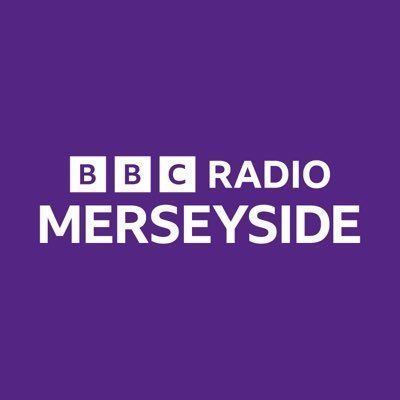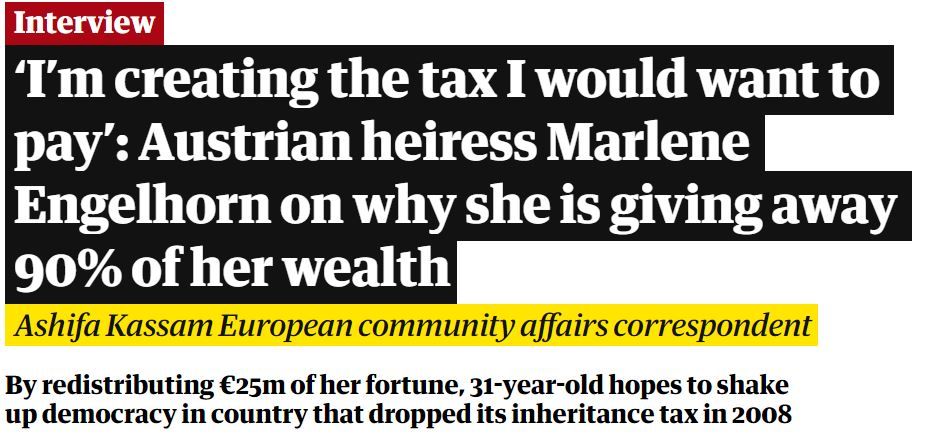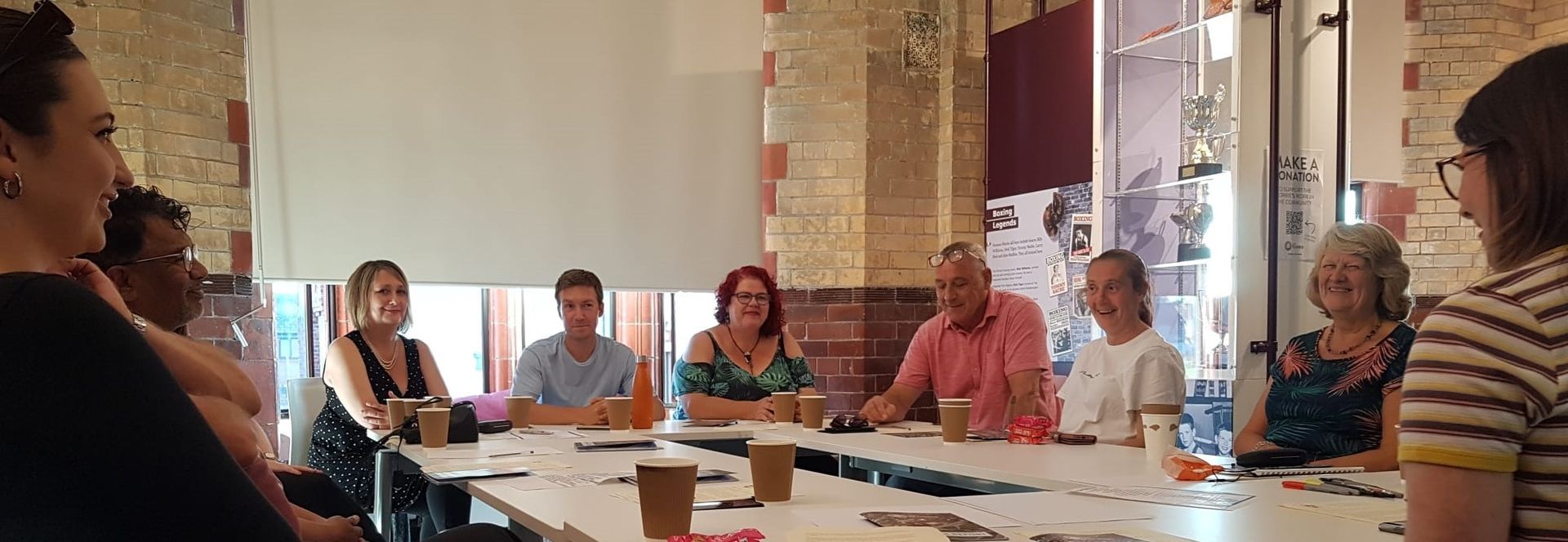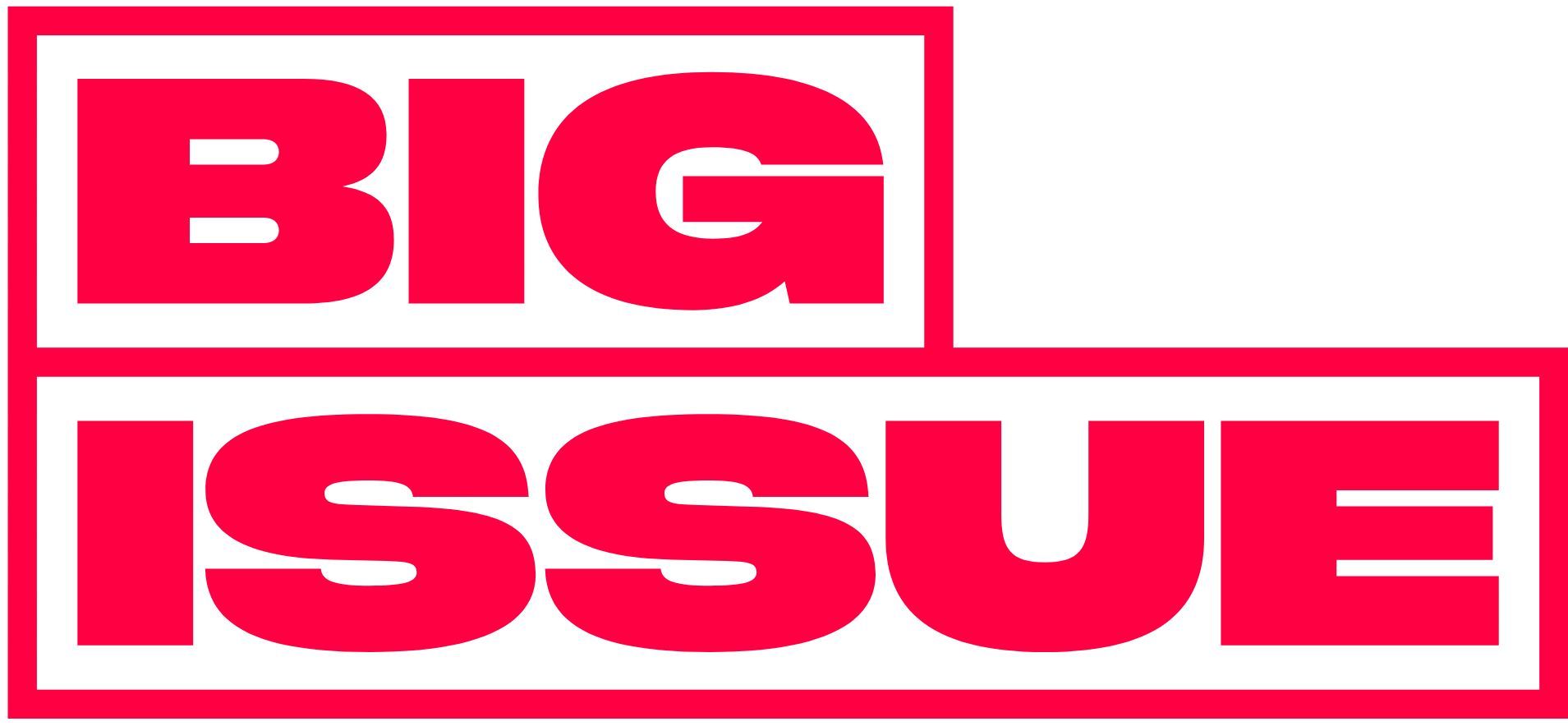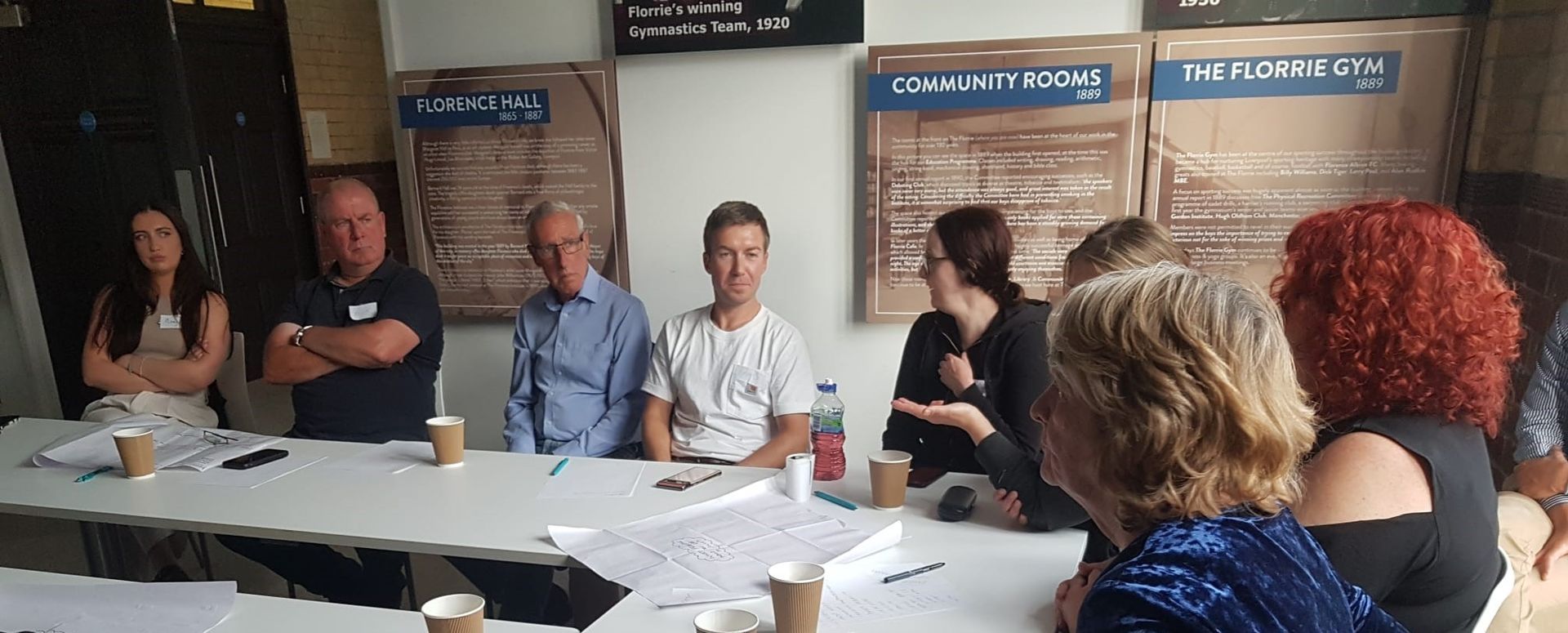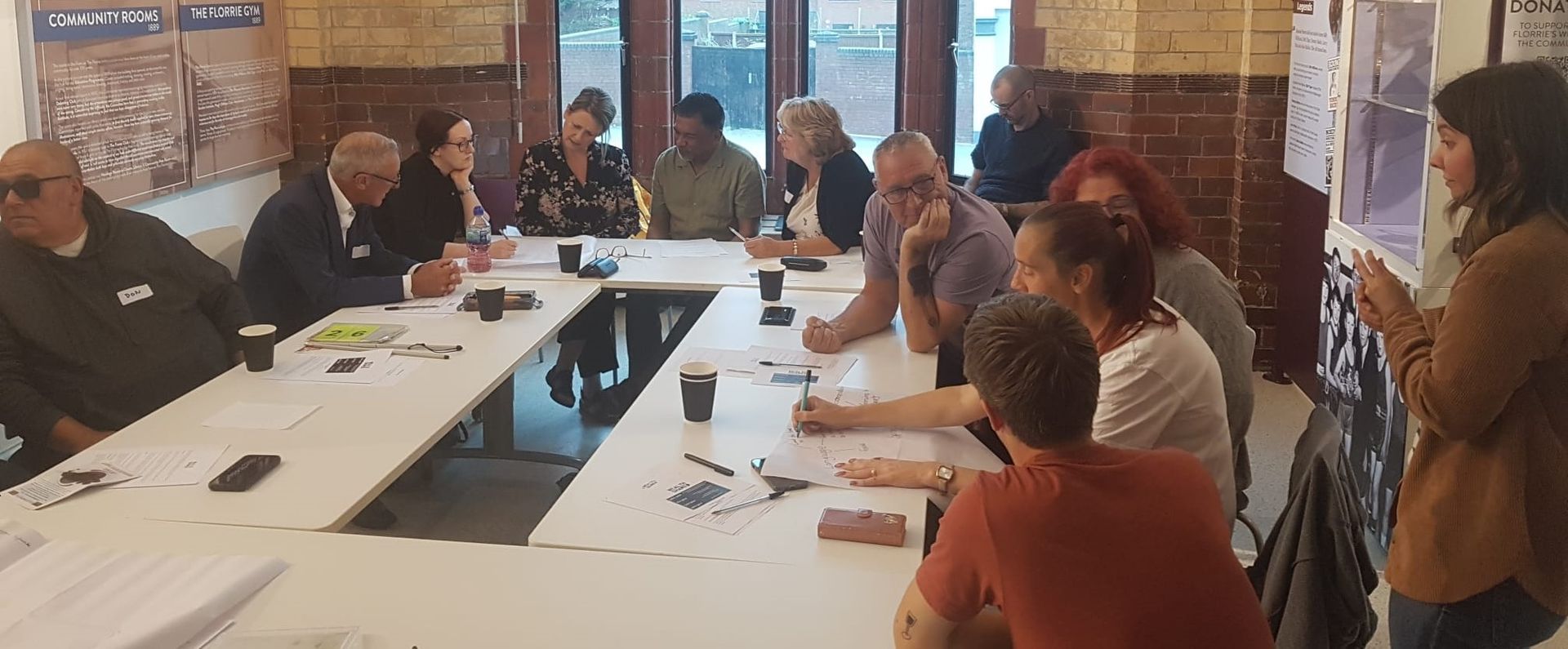What did they decide?
David Clarke
Last year I set up a project where 12 random people in Liverpool were given a free choice over what should happen to £100k I inherited. This blog reveals for the first time what they decided and recaps the story of the project.
First things first, I’m pleased to announce that the group decided to support organisations tackling poverty in their local area.
The group chose to donate £25k each to The Florrie community centre; The Dingle, Granby and Toxteth Collaborative, a network of schools; the Team Oasis children’s charity; and the Granby and Toxteth Development Trust.
The group reached the decision unanimously. The organisations were notified and the money has been transferred.
How did this come about?
I inherited the money several years ago after the death of my mum. I think there is too much inequality and I wanted to do something about it. I thought it would be a cool exercise to see how a random group of people approach the question of “what to do with a pot of money”, and it might inspire others to think in a similar direction.
How did it all work?
Last summer, letters went out to a random selection of addresses in the L8 postcode. Of the people who responded, 12 participants were chosen, also at random.
The group was given the option of using the money for any purpose, in any geographical location. They met for a series of discussion sessions lasting two hours each, with the support of a facilitator.
The only rules were that the group weren’t allowed to give the money to themselves, they couldn’t have any control over the money beyond the conclusion of the project, and they could choose a maximum of four recipients.
Participants were given £50 per session in recognition of their contribution to the process.
How did the group arrive at their decision?
They agreed early on that they wanted to focus on addressing the effects of the cost of living crisis and to provide relief to people as quickly as possible. They examined data which showed that their local area sits among the most deprived in the country.
Individual participants suggested potential beneficiaries which were put to a series of votes to come up with a shortlist. The group then undertook some research into the organisations under consideration. Ultimately they judged that the chosen organisations would make good use of the funds based on their strong reputation locally.
What did we learn?
This concept essentially seemed to work. The participants had a rich and wide-ranging discussion and reached a decision within the time available.
The project took place at a time when local people are facing acute pressure from the cost of living crisis. This loomed large over the deliberation. The participants wanted the money to have an impact as quickly as possible.
The feedback from the participants was generally positive. Furthermore, representatives of the recipient organisations have told me they feel proud to be recognised in this way by their peers.
I feel good about my decision to embark on this project. To anyone who is lucky to have more money than they need and is wondering what to do with it, I recommend this concept as a solution.
Read the report
You can read a full description of what happened, an evaluation and some analysis of the design and wider significance of the project
here.
What next?
I’m putting this out there and am doing a bit of publicity around it. Although this process has now reached its conclusion I’d be delighted to support anyone else who wants to do a similar thing.
cover picture by Chris Bertram


